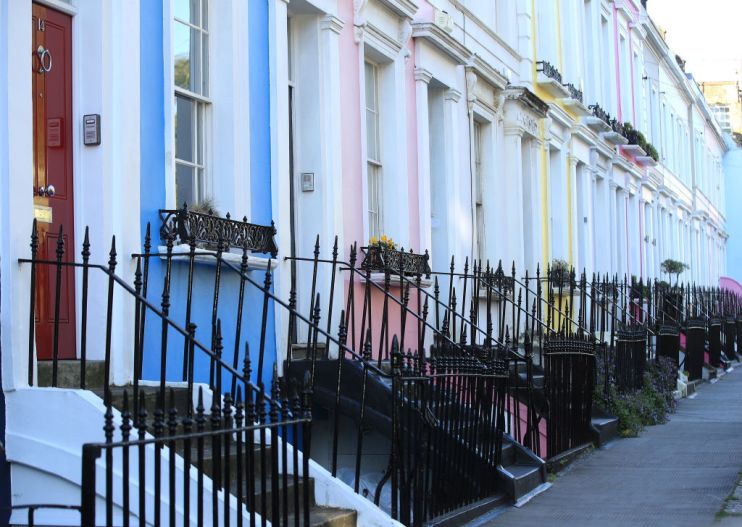Millions of people in England have almost no Covid cases in their area

Millions of people in England are living in regions where coronavirus cases have plummeted close to zero, according to the latest official data.
Public Health England (PHE) said 971 out of 6,791 “Middle-Layer Super Output Areas” (MSOAs) in England have too few Covid cases to be published on the national database.
PHE does not publish data on areas where there are two or fewer Covid cases, in order “to protect individuals’ identities”.
MSOAs, which are used in data reporting, typically have a population of about 8,000 people, though numbers can be much higher in urban areas.
It means around 7.3m people are living in areas where there are almost no Covid cases — equivalent to roughly 13 per cent of the population of England, according to analysis by the Telegraph.
They include London neighbourhoods such as Notting Hill West, Pimlico, Balham and Hampstead Town, as well as large parts of Cornwall, Devon and Wiltshire.
London has seen Covid cases fall dramatically from a record daily jump of almost 20,000 on 29 December to just over 1,000 confirmed cases at the end of last week.
PHE data also showed that neighbourhoods worst affected by the Kent Covid variant at the end of last year have seen cases plunge to negligible levels over recent weeks. Of the 100 most infected areas of England during the peak of the second wave, 11 had fewer than three cases of the new strain.
Sir Geoffrey Clifton-Brown, Tory MP for the Cotswolds, suggested that officials leading the Downing Street press conferences should be “clearer” that some areas had seen Covid-19 cases fall dramatically in recent weeks.
“I think there should be as much transparency as possible,” he told the Telegraph.
The latest official estimates from the Office for National Statistics showed that around 373,700 people in England are thought to have been infected with Covid in the week to 26 February — or around 1 in 145.
Chris Hopson, chief executive of NHS Providers, last week warned the Prime Minister that the number of people in the community infected with coronavirus at any one time needs to to drop to around 50,000 before lockdown measures can be lifted.
He said England was “still some way away” from meeting the necessary tests required to start relaxing restrictions.
It comes after Johnson last week unveiled his roadmap for leaving lockdown, which could see a loosening of restrictions around social contact as early as 29 March.
The PM said any easing of lockdown measures will be buttressed by four key “tests”, which will act like a checklist for making sure restrictions are being lifted at the right pace.
Those four tests will include; whether the vaccine rollout is going as planned; if vaccines are effective in bringing down hospitalisations; whether case numbers are low enough that the NHS does not risk being overwhelmed; and if there is a substantial risk from new variants.
Johnson said there was “no credible route to a zero-Covid Britain or indeed a zero-Covid world,” but that the roadmap would provide a “cautious but irreversible” timeline for easing current lockdown measures.